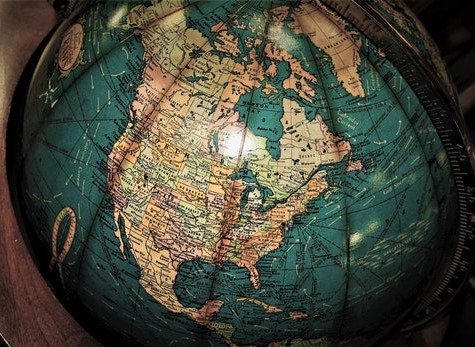A collection of "How-tos" and "Frequently asked questions"
for home care agencies

EVV stands for Electronic Visit Verification. It is the standard method in the home care industry for tracking caregiver clock-ins and clock-outs. EVV streamlines billing and payroll, and if you are reimbursed by Medicaid or other government payers, it’s the law.
Medicaid programs are administered individually by each state. Although electronic visit verification (EVV) is a national mandate (per the 21st Century Cures Act) each state decides how to implement their program. You can find out how EVV is implemented in your state by clicking here.

CDS stands for Consumer Directed Services. In this model, the consumer receiving the services is responsible for choosing their caregiver and setting their schedule, whereas home care agencies only “administer” the care. This model has different names in different states like CD in several states, “registry” in Florida, and EOR in California.

Medicaid home care agencies need the following key features in their home care software:
Note that each state’s Medicaid program is different, so be sure to check the rules for your state(s).
Home health aide visits records require electronic proof of completion (called EVV). This is often captured with a GPS location. The problem with many home care EVV apps is that they require mobile network coverage. An offline mobile app allows clock-in and clock-out even when out-of-coverage.
EVV (electronic visit verification) can work in several different ways. The most common is with a mobile app that captures location via GPS. The other prevalent method is via telephony, where the caregiver clocks in and out from the clients land-line phone using caller-ID for verification of location.
1 Franklin Street
Suite 3608
Boston, MA 02110
844-4-ANKOTA
(844-426-5682)
Contact Us